When we decided to start manufacturing clothing years ago, we had an initial goal of doing no environmental harm. As a company, we existed to communicate science and help solve the environmental crisis and thought it would be extremely hypocritical if we didn’t practice what we preach in our own business. How hard could it be?
As we dove deeper into the development of products, I quickly learned the unavoidable Catch-22 of being an environmentally driven company that makes stuff: everything comes with an environmental cost. All material goods, from the clothes you wear, to the devices you communicate with and the vehicles you ride in, impact the environment in negative ways. Would it even be possible to be true to our values and participate in the apparel industry? I had my doubts…
When we decided to start manufacturing clothing years ago, we had an initial goal of doing no environmental harm. As a company, we existed to communicate science and help solve the environmental crisis, and thought it would be extremely hypocritical if we didn’t practice what we preach in our own business. How hard could it be?
As we dove deeper into the development of products, I quickly learned the unavoidable Catch-22 of being an environmentally driven company that makes stuff: everything comes with an environmental cost. All material goods, from the clothes you wear, to the devices you communicate with and the vehicles you ride in, impact the environment in negative ways. Would it even be possible to be true to our values and participate in the apparel industry? I had my doubts…
Early days hand screen printing Waterlust tee shirts.
Early days hand screen printing Waterlust tee shirts.
In these early conversations I often recalled a skit by the hilarious team at CollegeHumor. In it, they cleverly capture one downside of the modern age of information: the social consequences of everything and how it can lead to cynicism and inaction.
In these early conversations I often recalled a skit by the hilarious team at CollegeHumor. In it, they cleverly capture one downside of the modern age of information: the social consequences of everything and how it can lead to cynicism and inaction.
As ridiculous as this video is, it illustrates an important teachable moment when considering an environmentally conscious company: if one truly wants to do zero environmental harm, they shouldn’t do anything. Don’t travel, don’t eat energy intensive foods, don’t buy non-critical things, don’t have children, don’t manufacture clothes. But the obvious flaw with this approach is that it ignores two significant and often unspoken goals, that above all else, humans want to 1) live happy and fulfilling lives and 2) evolve positively as a species. While this may seem obvious, I find that it is often overlooked in conversations about the environmental crisis.
As ridiculous as this video is, it illustrates an important teachable moment when considering an environmentally conscious company: if one truly wants to do zero environmental harm, they shouldn’t do anything. Don’t travel, don’t eat energy intensive foods, don’t buy non-critical things, don’t have children, don’t manufacture clothes. But the obvious flaw with this approach is that it ignores two significant and often unspoken goals, that above all else, humans want to 1) live happy and fulfilling lives and 2) evolve positively as a species. While this may seem obvious, I find that it is often overlooked in conversations about the environmental crisis.
Once we accepted that caring for Earth’s ecosystem must be done in balance with human’s quality of life and evolutionary goals, planning our apparel business got a lot clearer. First, we decided to only make functional products. Especially here in the states, our homes are frequently filled with superfluous stuff that contributes little to our happiness. We refuse to support that and only create products that are multi-purposed and serve a need in your life. Second, while creating things will always do some environmental harm, we commit ourselves to minimizing it as much as possible. In mathematics, the word minimizing implies the ability to quantify. We cannot minimize our environmental impact without quantifying it first. But how do you do that with clothing?
Once we accepted that caring for Earth’s ecosystem must be done in balance with human’s quality of life and evolutionary goals, planning our apparel business got a lot clearer. First, we decided to only make functional products. Especially here in the states, our homes are frequently filled with superfluous stuff that contributes little to our happiness. We refuse to support that and only create products that are multi-purposed and serve a need in your life. Second, while creating things will always do some environmental harm, we commit ourselves to minimizing it as much as possible. In mathematics, the word minimizing implies the ability to quantify. We cannot minimize our environmental impact without quantifying it first. But how do you do that with clothing?
The birth of a garment impacts the environment in a number of ways, from the material it is made of to the energy required to make it. But our environmental responsibility doesn’t end at birth, we must also consider its life and where it will go when nobody wants it anymore.
The birth of a garment impacts the environment in a number of ways, from the material it is made of to the energy required to make it. But our environmental responsibility doesn’t end at birth, we must also consider its life and where it will go when nobody wants it anymore.
Environmental impact has no formal definition, and as a scientist that thrives on specificity, this drives me nuts. Terms like “eco-friendly” or “green” are frequently used to describe products, but the terms themselves are essentially meaningless. Greenhouse gas emissions, energy use, water consumption, plastic pollution, habitat loss, are all specific subjects that fall within the environmental impact family. The problem is, minimizing one parameter often increases another. How does one compare carbon emissions to habitat loss, or plastic pollution to eutrophication? There is no single parameter that encapsulates everything, so to keep track of it all, we utilize a life-cycle approach based on the birth, life and death of each product we make. By doing this, we can form a broad perspective on our products and then identify and focus in on where we need to improve.
To illustrate this approach, we recently examined the environmental pros and cons of recycled synthetic fabric in the context of micro-fiber shedding, a type of pollution that researchers are becoming increasingly concerned about. It occurs when microscopic fibers break off textiles, including clothing, and enter the environment. Have a watch!
Environmental impact has no formal definition, and as a scientist that thrives on specificity, this drives me nuts. Terms like “eco-friendly” or “green” are frequently used to describe products, but the terms themselves are essentially meaningless. Greenhouse gas emissions, energy use, water consumption, plastic pollution, habitat loss, are all specific subjects that fall within the environmental impact family. The problem is, minimizing one parameter often increases another. How does one compare carbon emissions to habitat loss, or plastic pollution to eutrophication? There is no single parameter that encapsulates everything, so to keep track of it all, we utilize a life-cycle approach based on the birth, life and death of each product we make. By doing this, we can form a broad perspective on our products and then identify and focus in on where we need to improve.
To illustrate this approach, we recently examined the environmental pros and cons of recycled synthetic fabric in the context of micro-fiber shedding, a type of pollution that researchers are becoming increasingly concerned about. It occurs when microscopic fibers break off textiles, including clothing, and enter the environment. Have a watch!
Micro-fiber shedding and the environmental costs of making clothing out of recycled plastic is a great example of trying to find balance. There are environmental upsides and downsides, just as there are with other approaches. The challenge is identifying which is best overall at any given time and figuring out how to fix the downsides in the future.
Our company will never be environmentally perfect. I have to accept that because to do no harm requires we do nothing, like in the CollegeHumor video. But if we all do nothing, nothing will get better. Like in all industries, any one technology or manufacturing approach is a single chapter of a much longer story. That’s the nature of evolution, things are constantly changing and hopefully…improving. What is environmentally best today won’t be in the future, or at least it shouldn’t be if we all keep working hard.
Micro-fiber shedding and the environmental costs of making clothing out of recycled plastic is a great example of trying to find balance. There are environmental upsides and downsides, just as there are with other approaches. The challenge is identifying which is best overall at any given time and figuring out how to fix the downsides in the future.
Our company will never be environmentally perfect. I have to accept that because to do no harm requires we do nothing, like in the CollegeHumor video. But if we all do nothing, nothing will get better. Like in all industries, any one technology or manufacturing approach is a single chapter of a much longer story. That’s the nature of evolution, things are constantly changing and hopefully…improving. What is environmentally best today won’t be in the future, or at least it shouldn’t be if we all keep working hard.
Patrick Rynne is the CEO and Founder of Waterlust.
PhD in marine physics and a masters in Ocean Engineering. Hates spreadsheets but is learning to live with them. Avid kiter, sailor, surfer and teller of stories. Frequent wearer of flip flops in socially inappropriate settings.

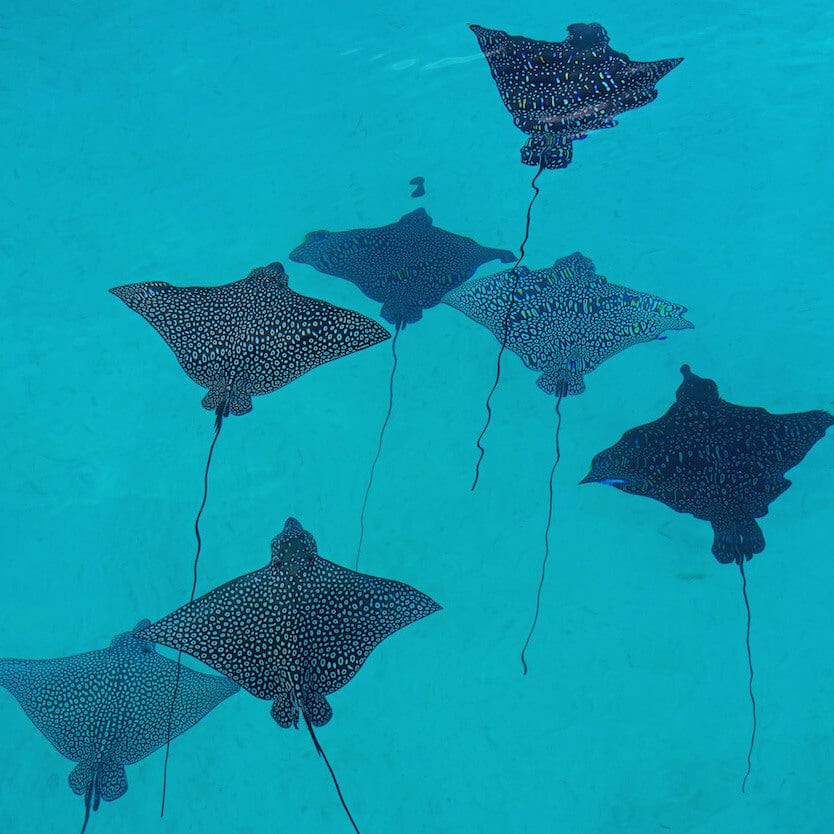



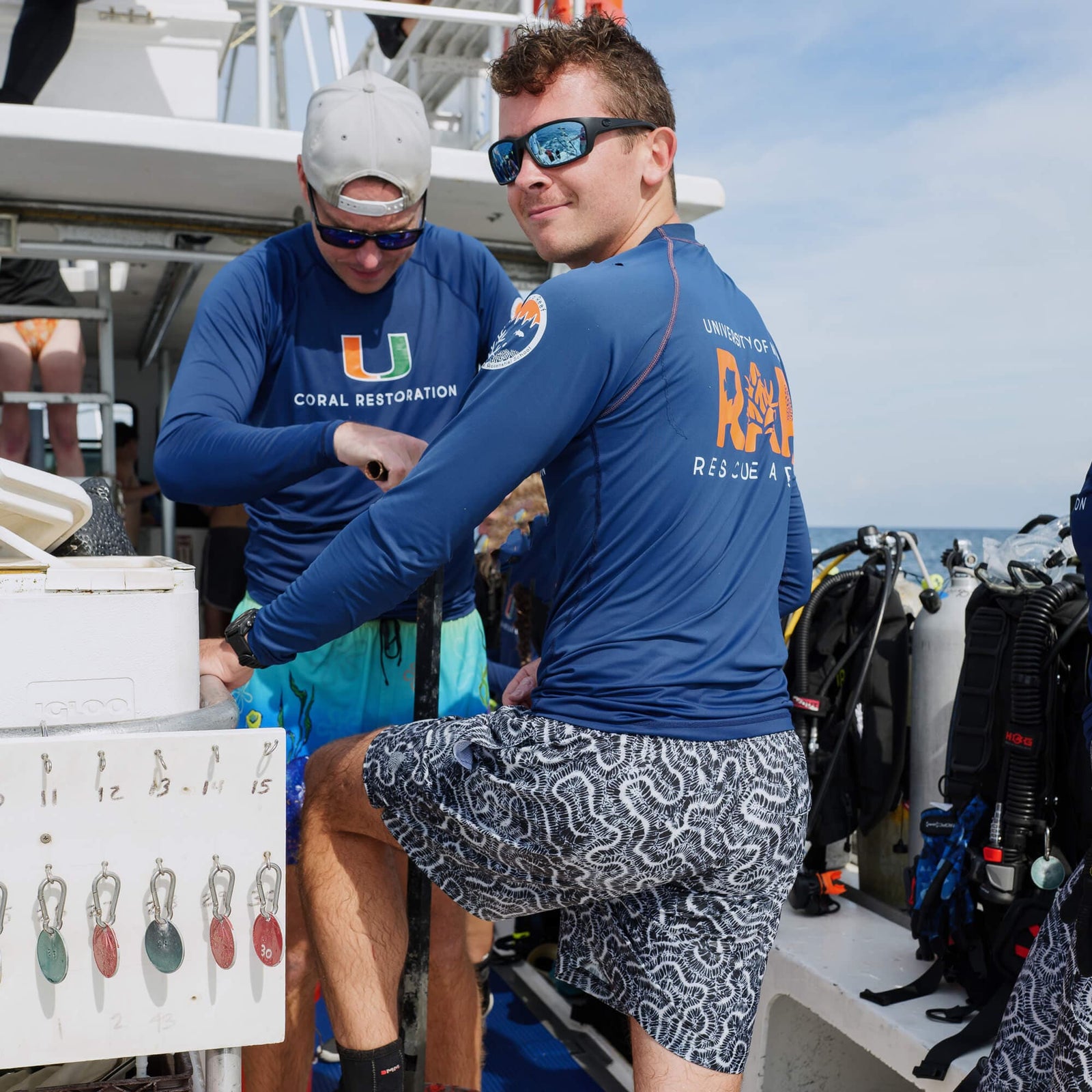
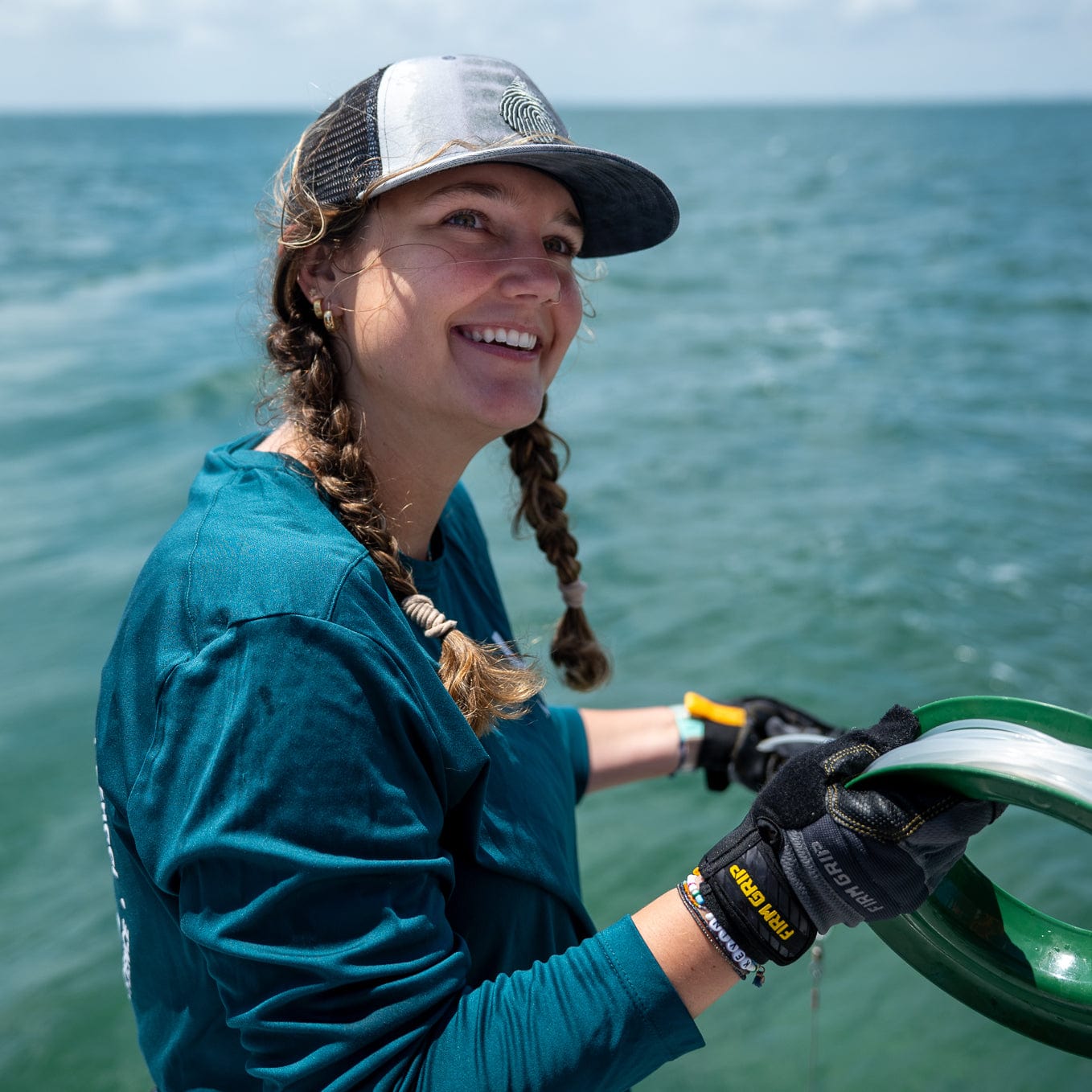

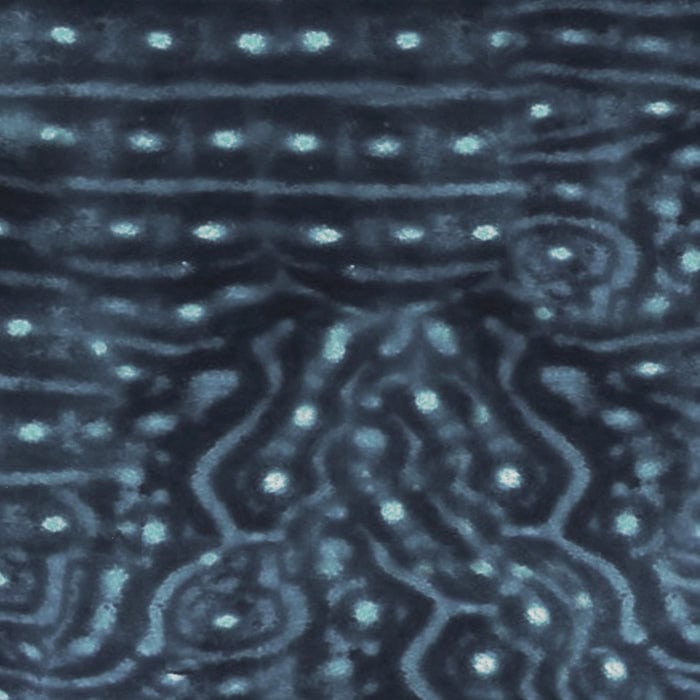

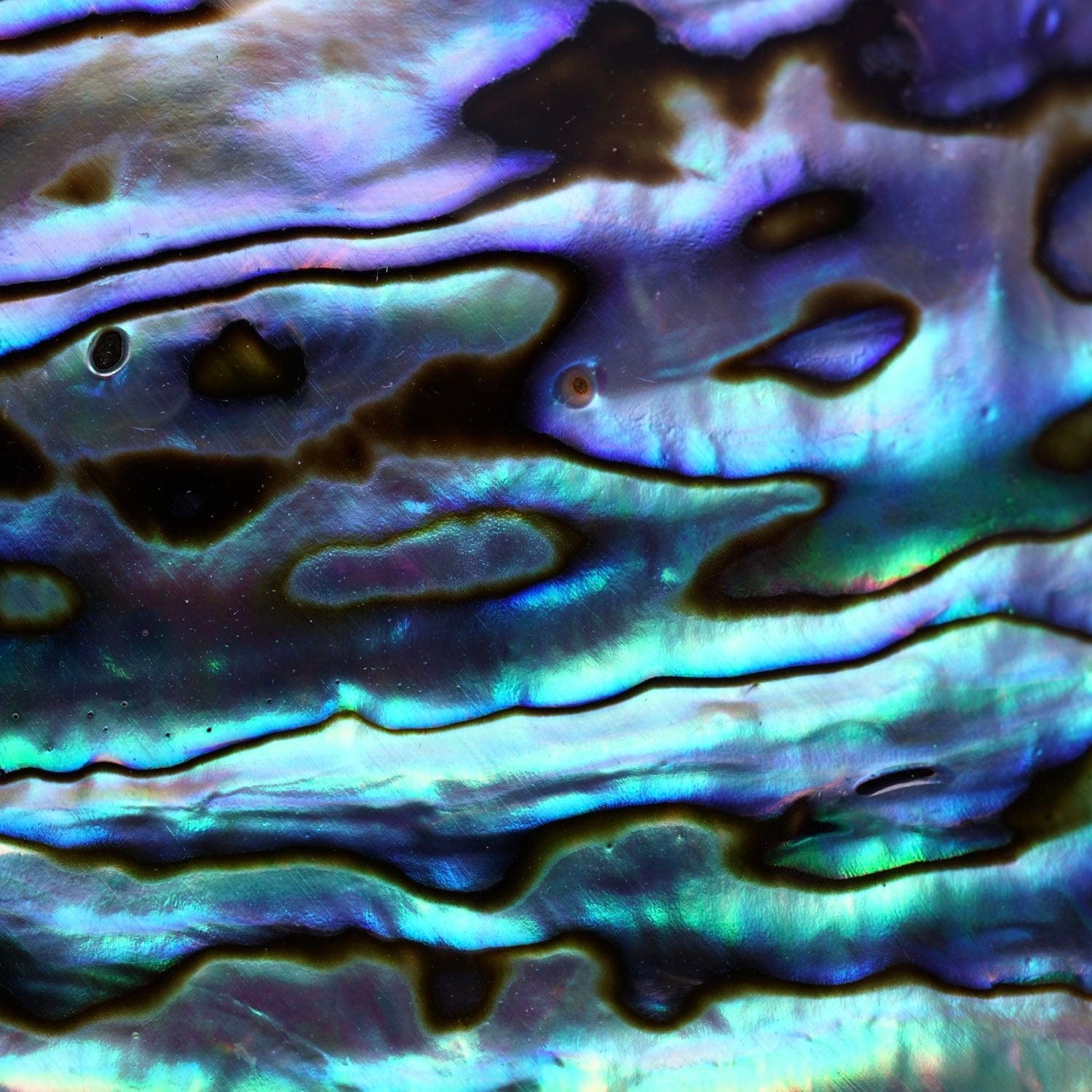
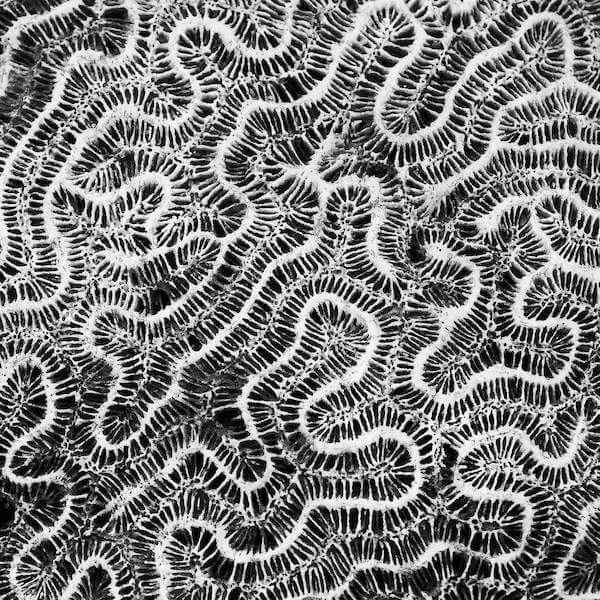
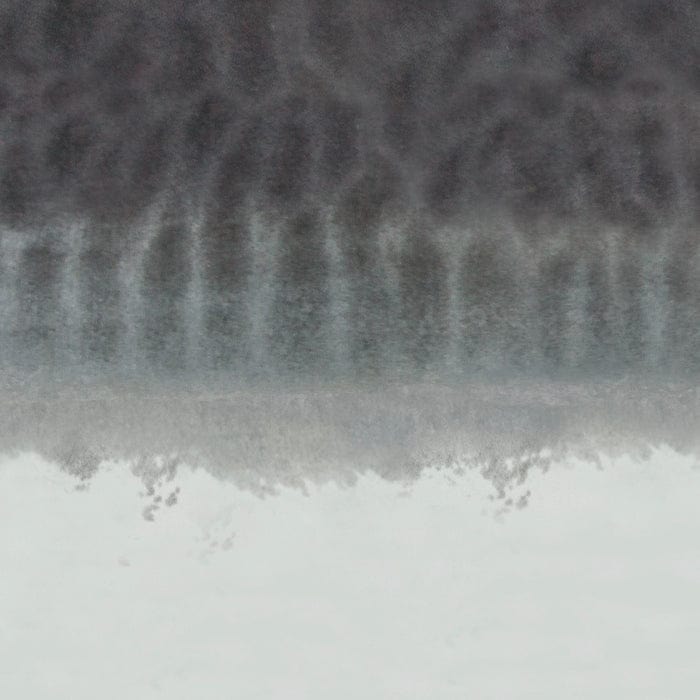

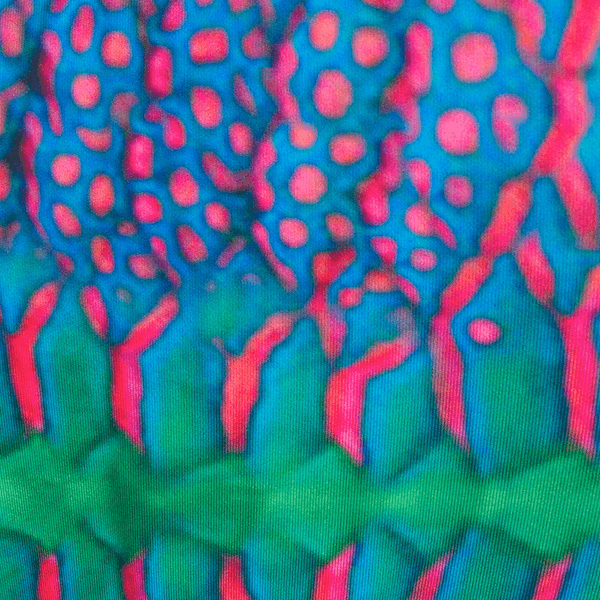
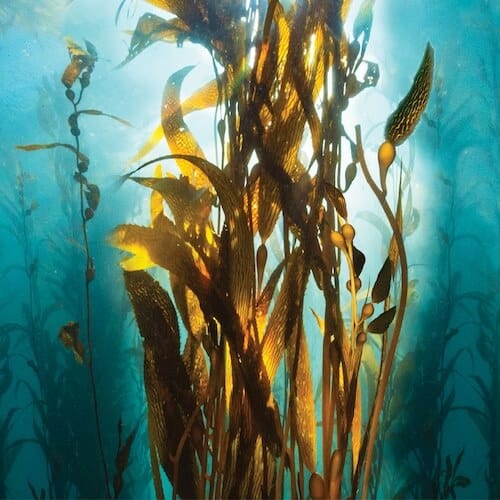
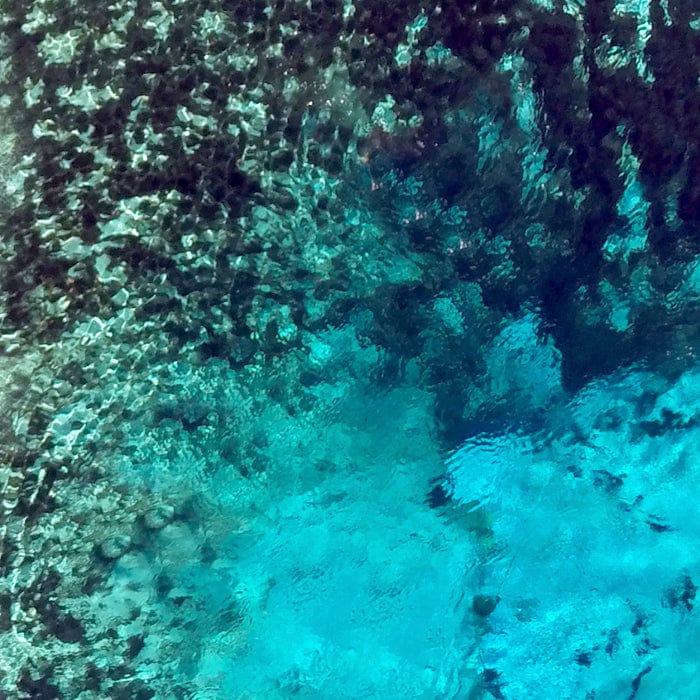
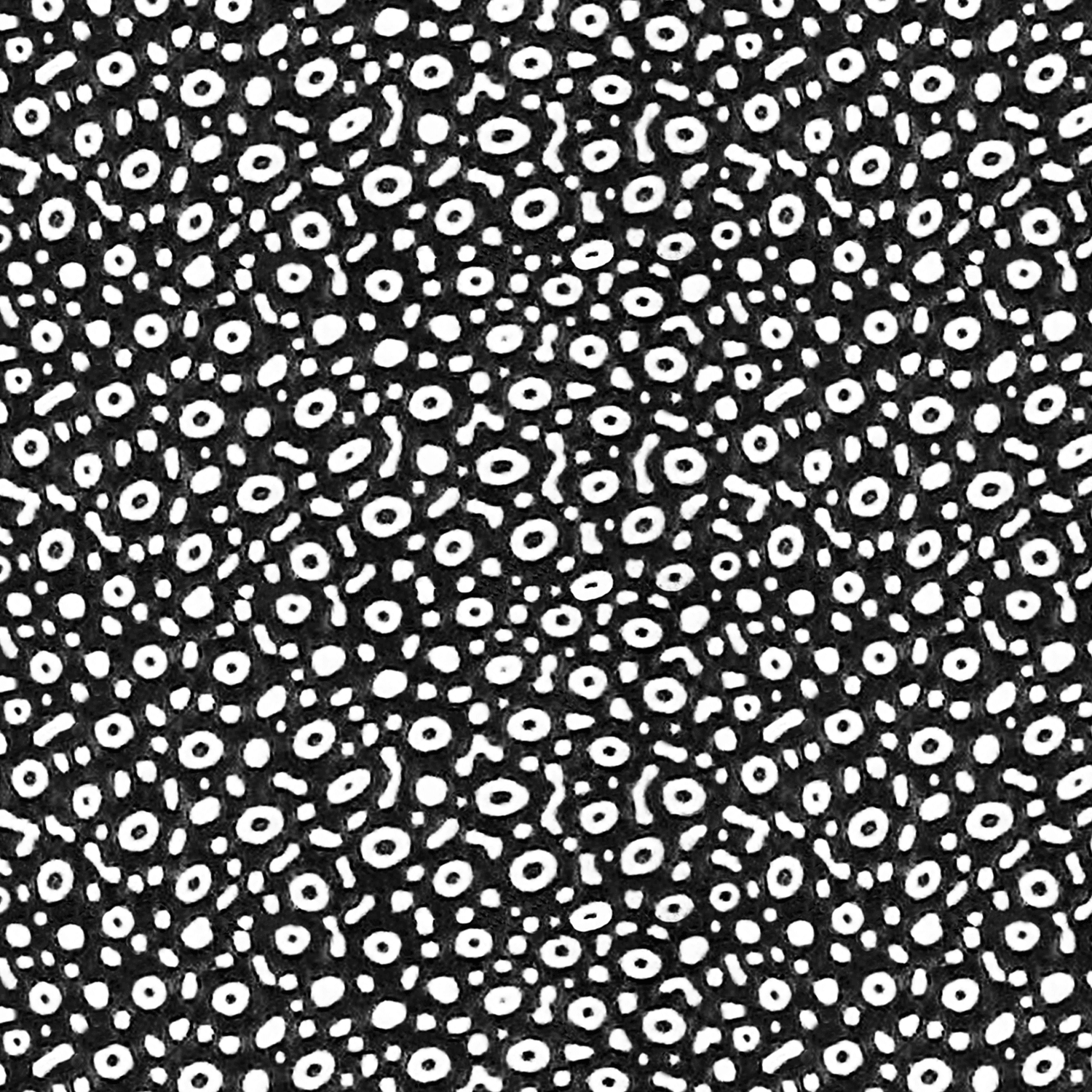
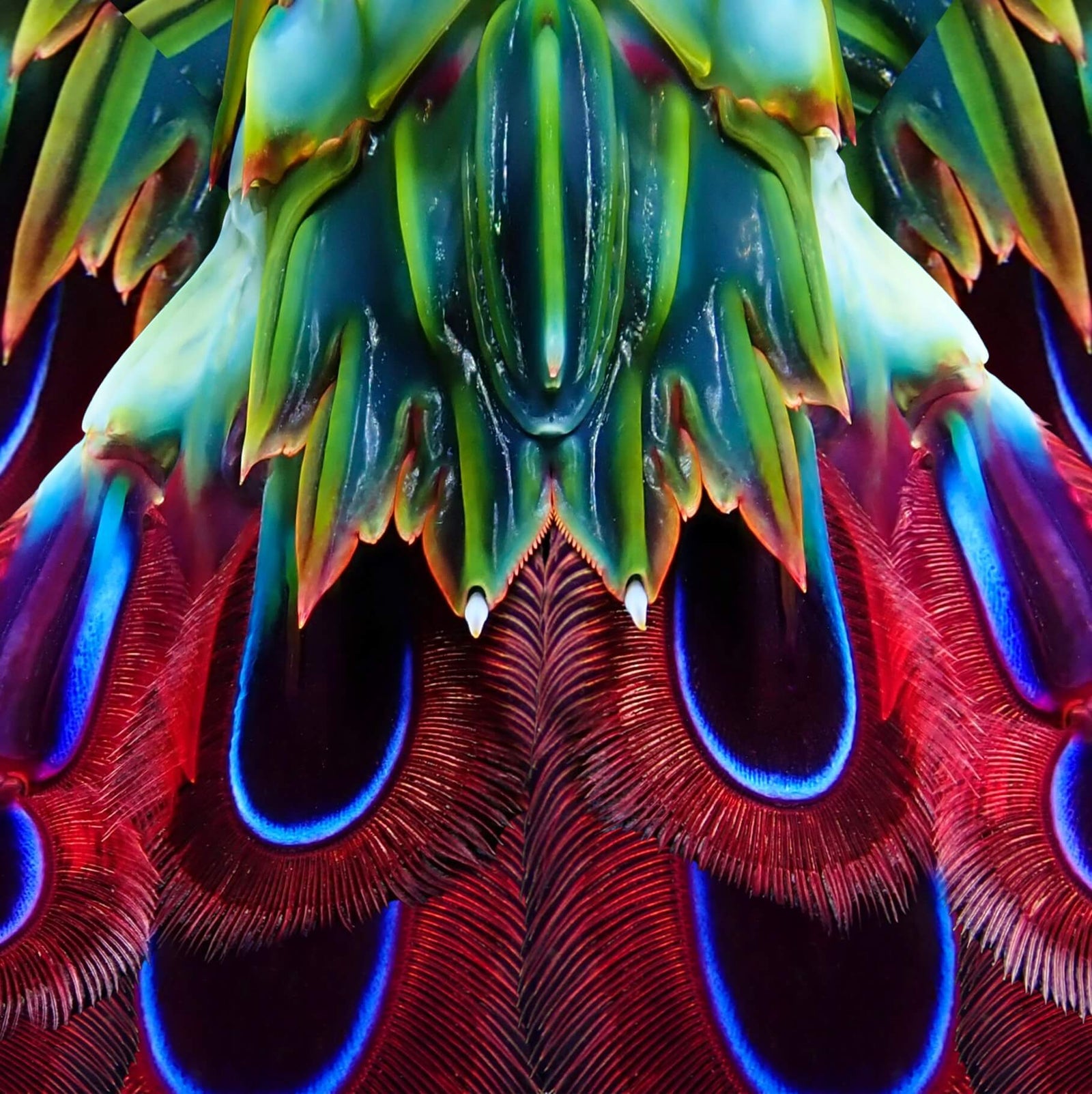

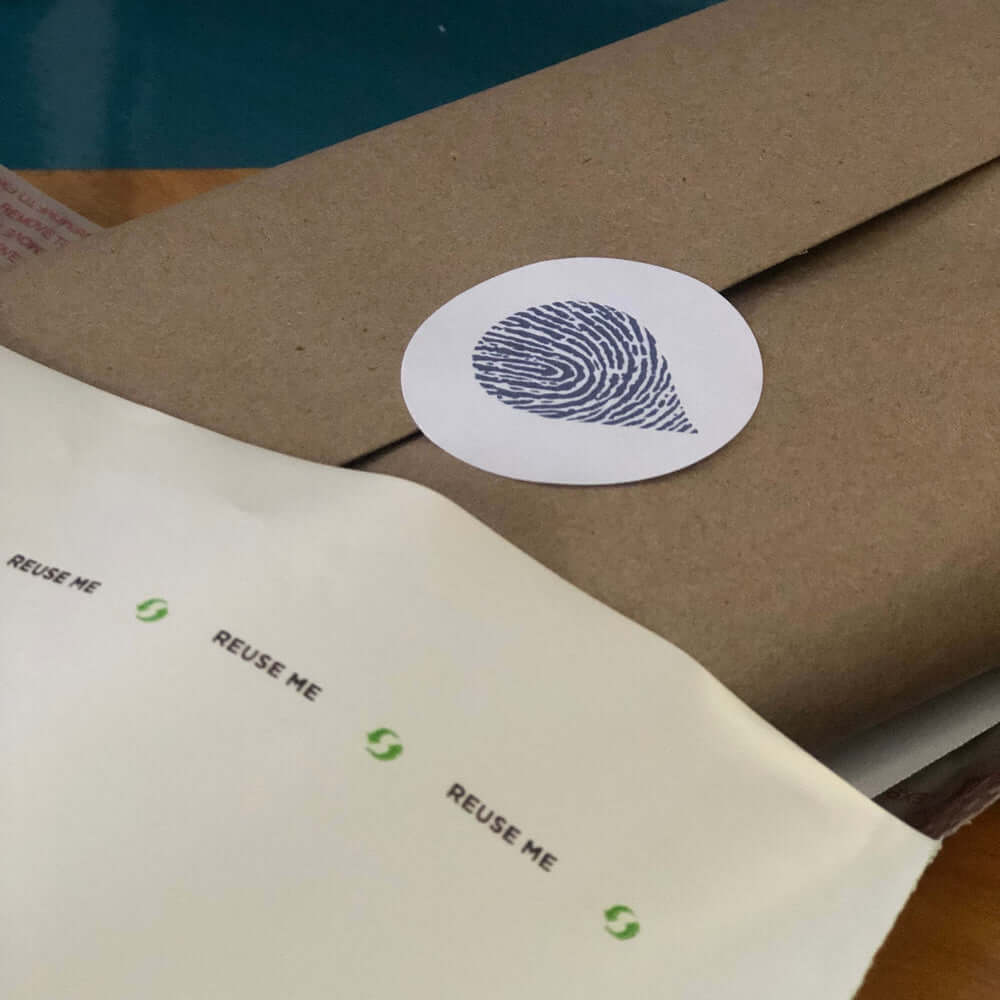
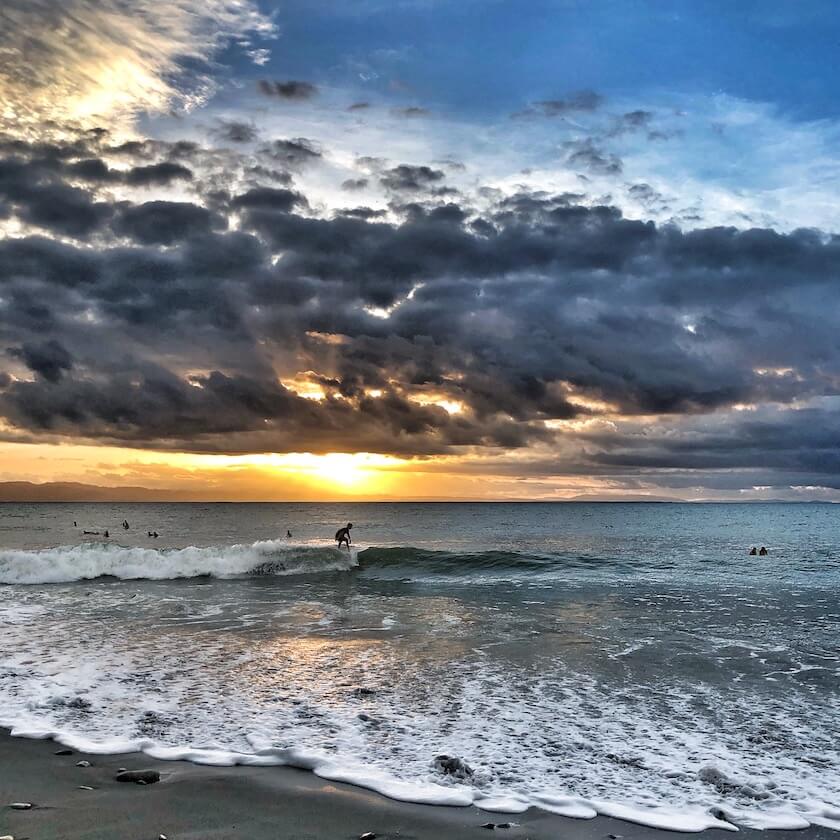


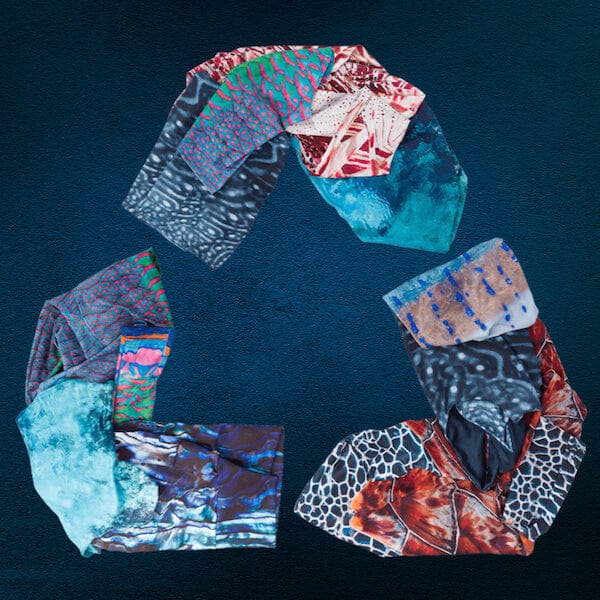
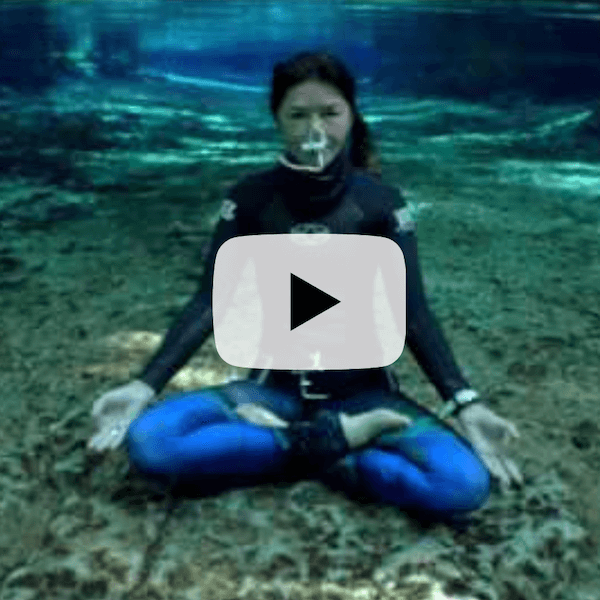
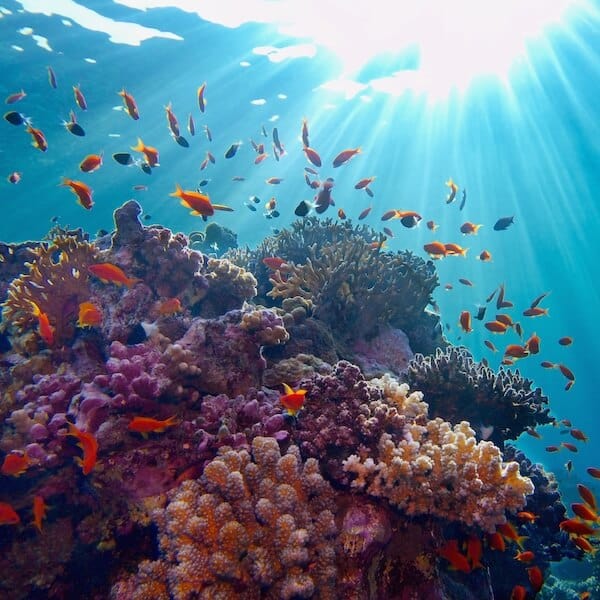
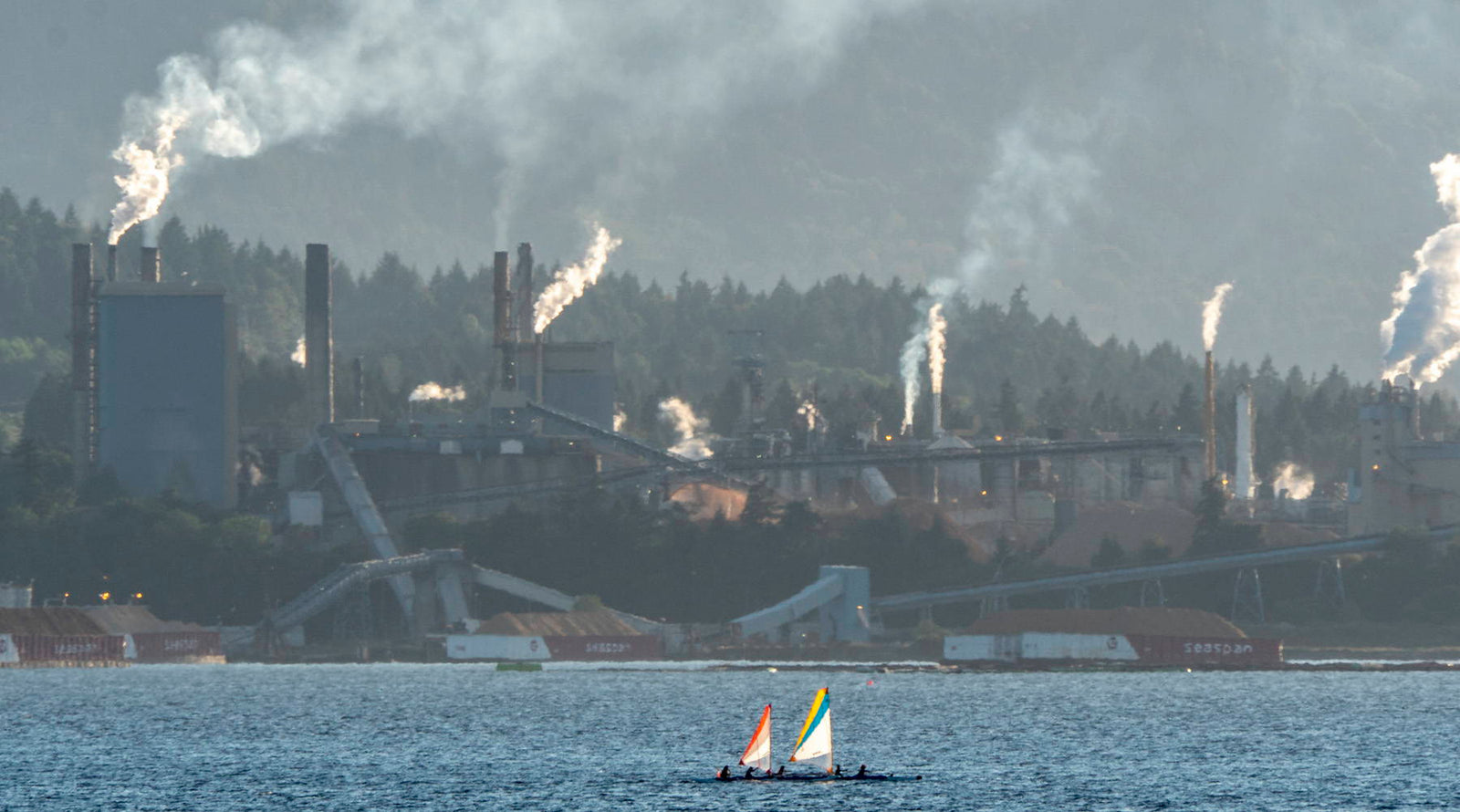
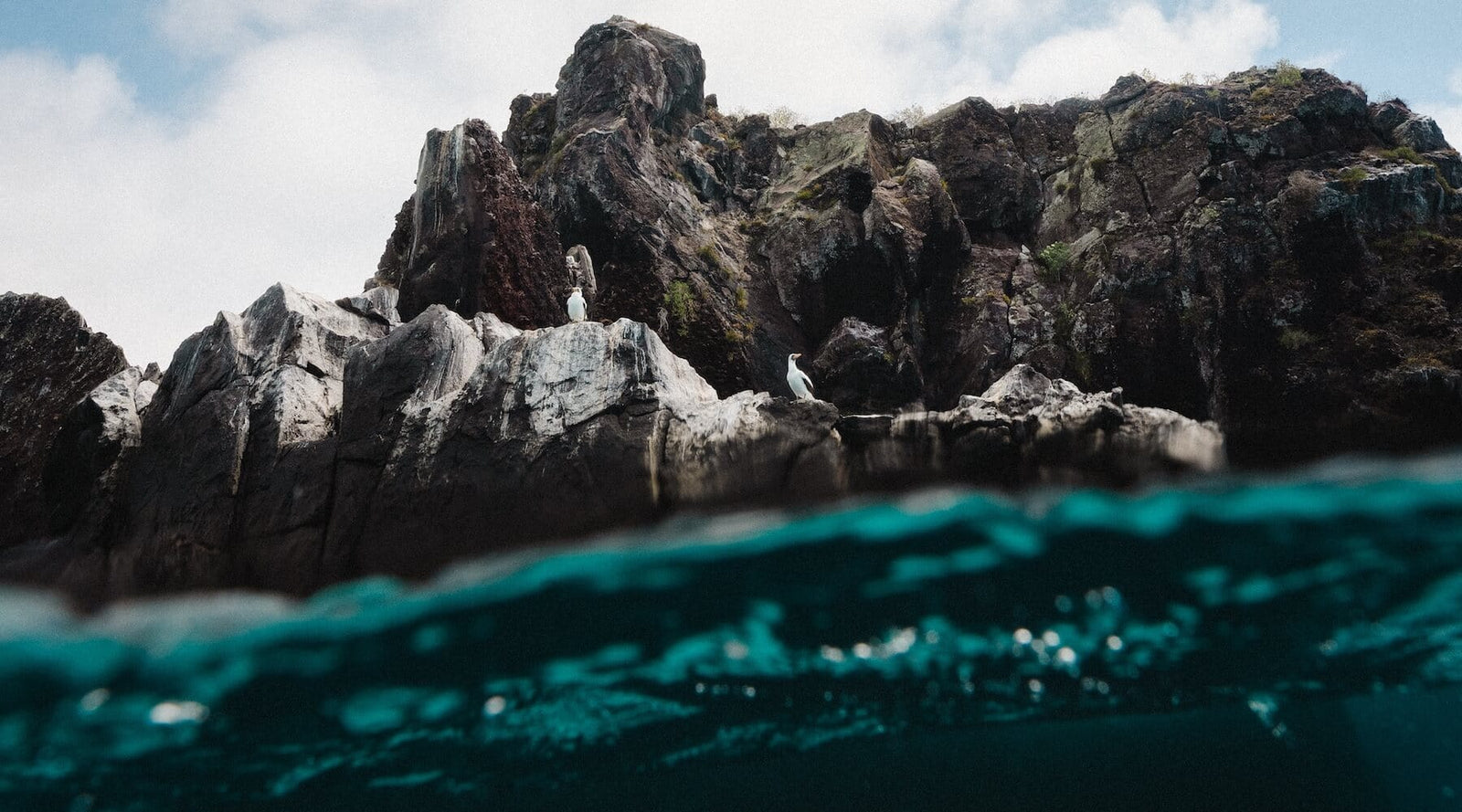

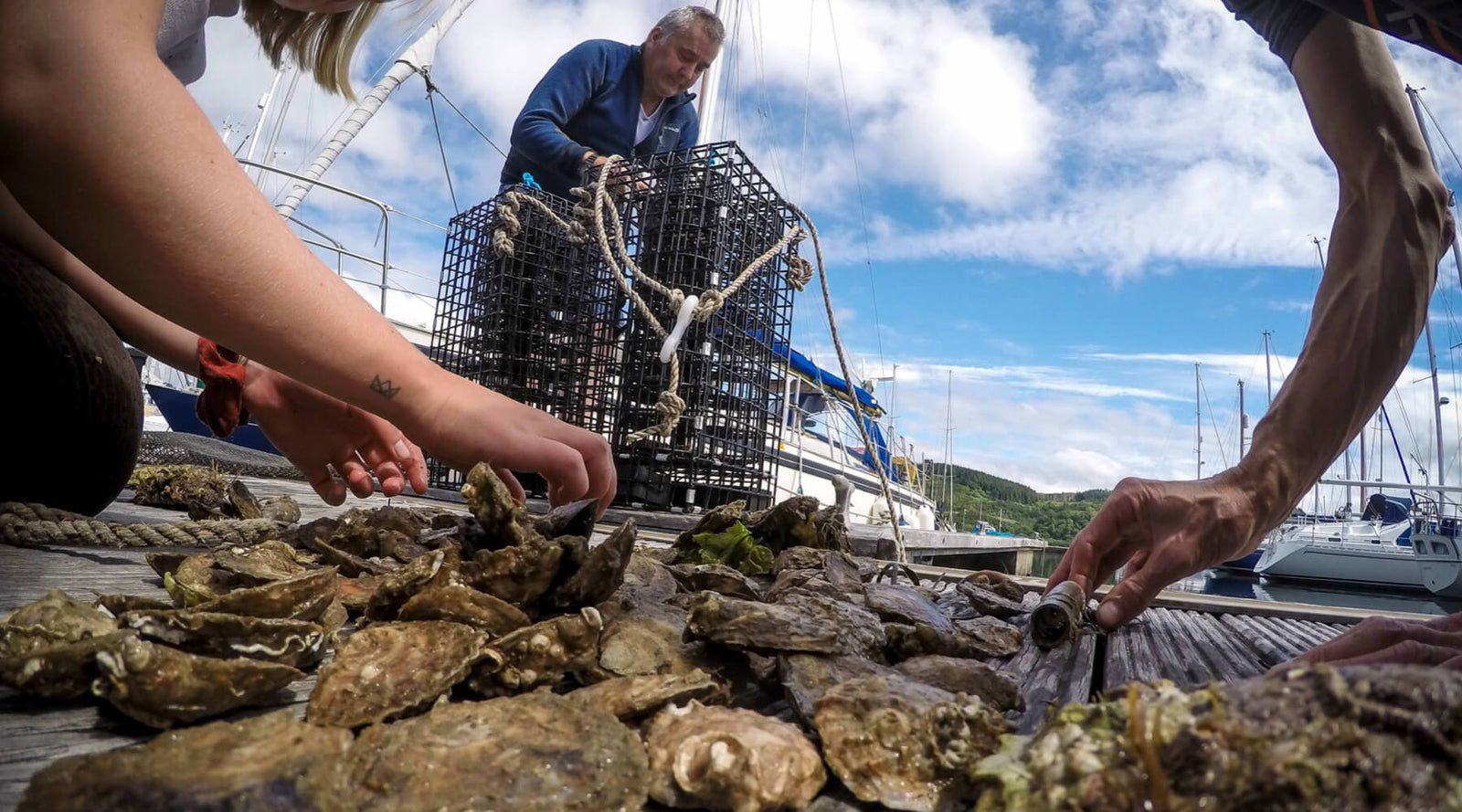
Kevin McGregor
November 09, 2023
Dr, Rynne,
I am finishing my BAS in Sustainability Management and Certified Natural Areas Manager training. I also have a degree as a Certified Water Quality Technician, Qualified Stormwater Management Inspector, and in Green Industries Best Management Practices. My avid desire is to address nutrient and pharmaceutical pollution from finished waste water discharges. The solution I envision is what I refer to as linear wetlands using cattail and bacteria within saturated soils’ phytoremediation potential to absorb nutrients and breakdown bonds of medications with the Oxidation Reduction Potential utilizing existing stormwater conveyance systems. The International Institute of Sustainable Design has shown that the cattail can be harvested to produce pelletized fuel pellets, biofuels, and bio resin plastics, which would provide an economic driver for communities to develop and adopt the systems. The bio resins can then be broken down in industrial composting facilities, yielding yet another economic product. Essentially, this is a nutrient economy instead of the current petroleum economy, as well as being net water positive and net Carbon negative. If the bio resins can be used in production of Waterlust garments it would provide a further economic producer for communities to adopt these systems, and reduce the ecological effect of the fibers breaking off. I would like very much to be able to discuss the concept further and perhaps receive some guidance in turning an idea into a plan and make it a reality.
Sincerely,
Kevin McGregor